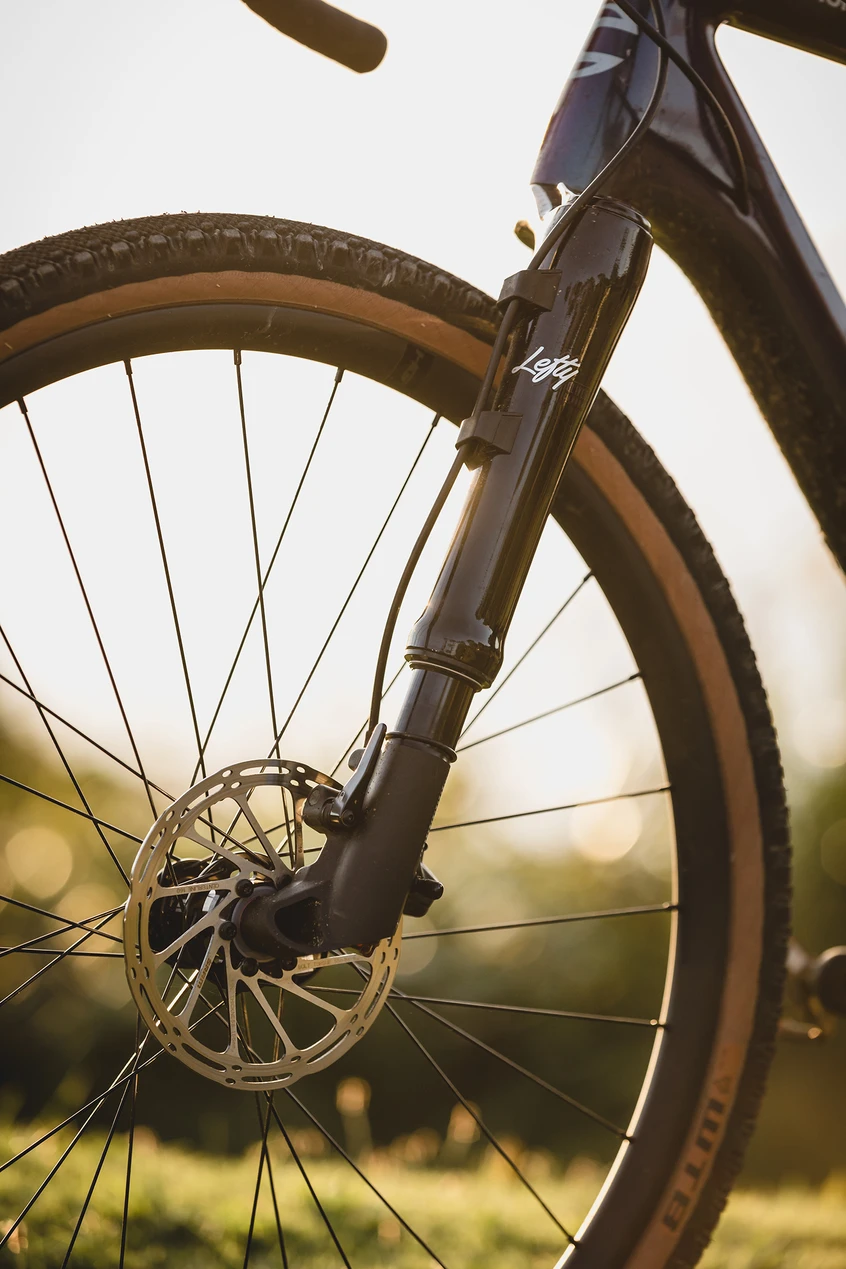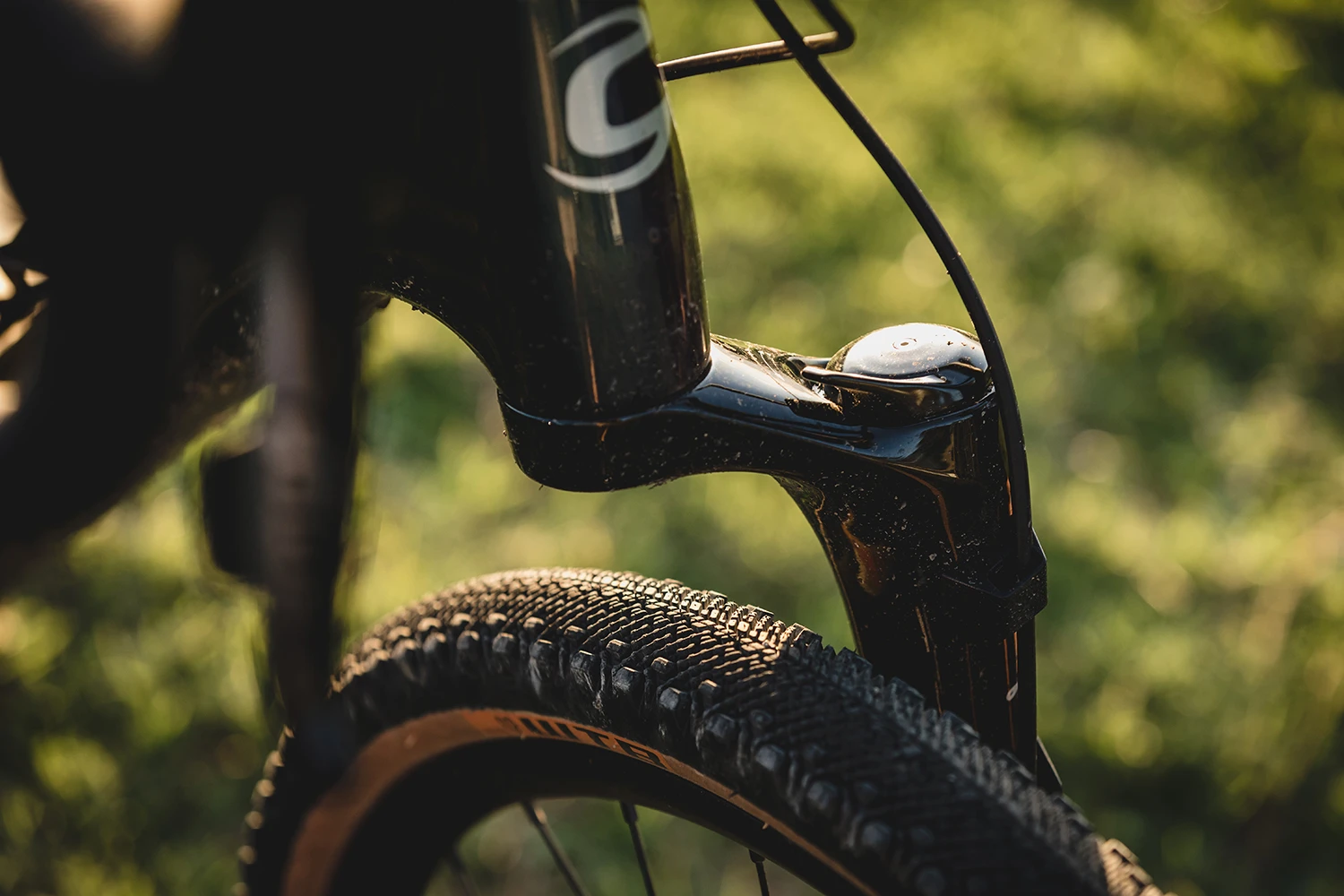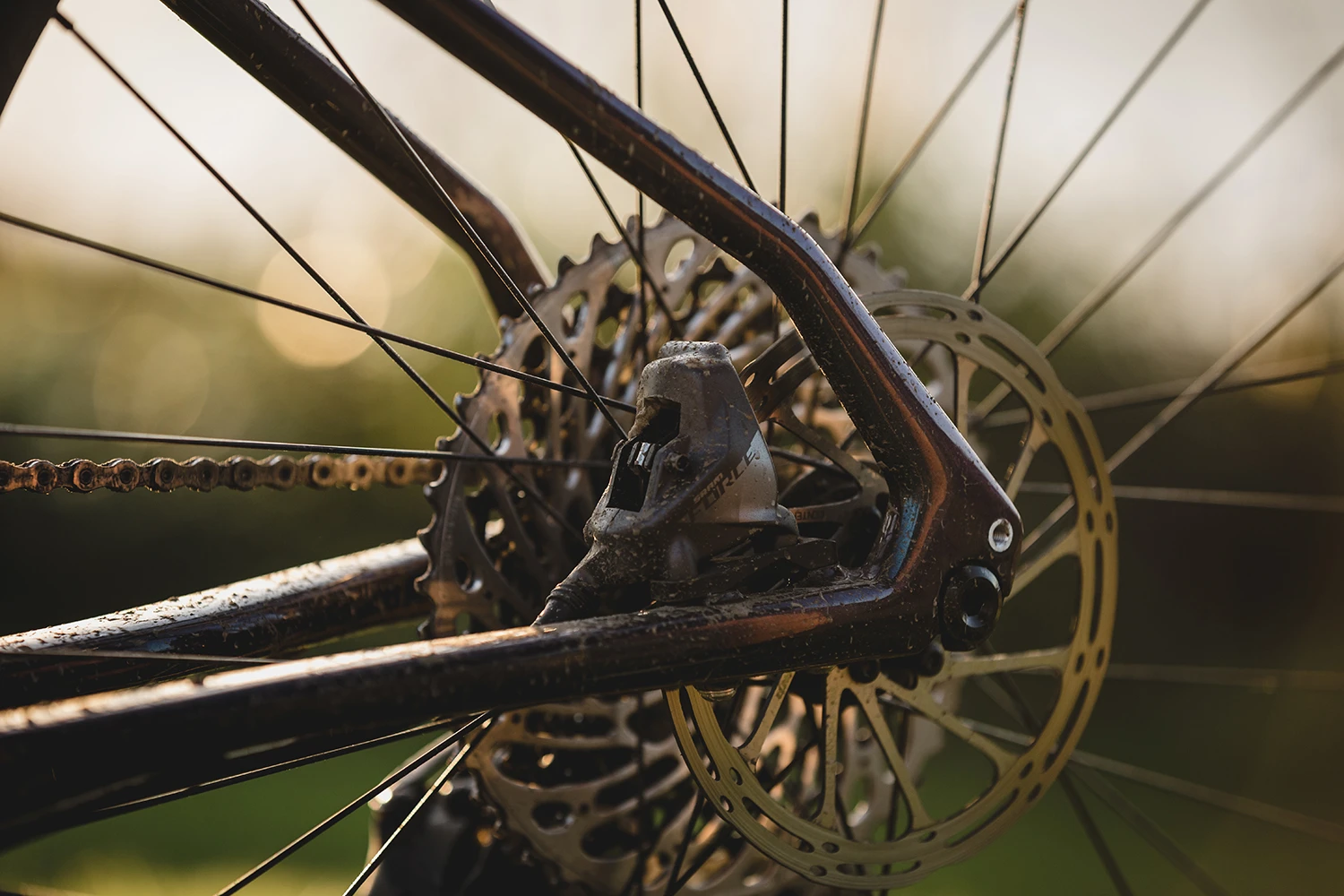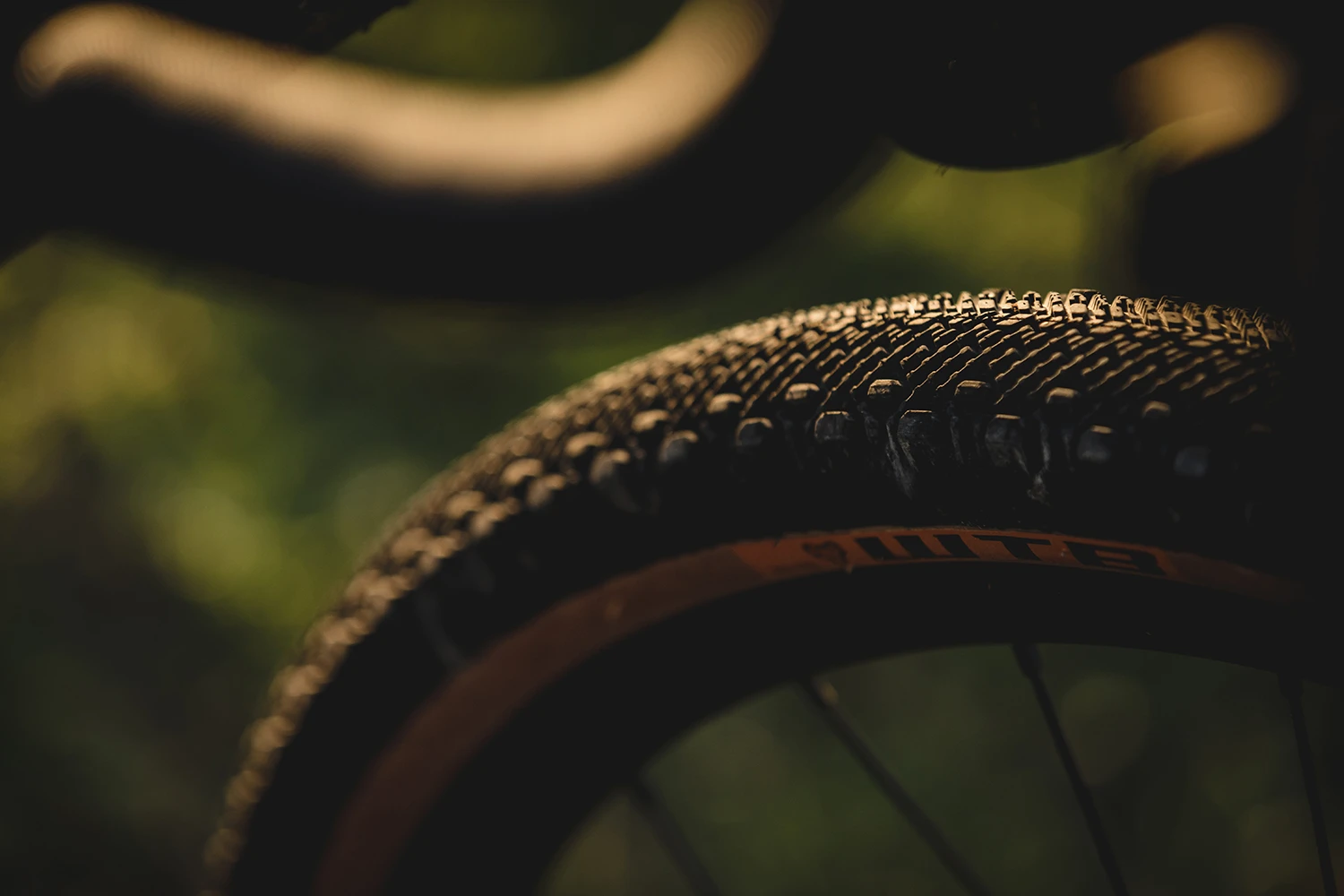Words: Liam Friary
Images: Cameron Mackenzie
Back in 2016, The Cannondale Slate polarised peeps and set a new standard for gravel riding which encouraged the rider to take on any terrain they might have desired; be it road, gravel, mud or trail. Since then, we’ve seen the gravel scene explode – it’s really come into it’s own. So, as a brand that continues to push the envelope, Cannondale looks to take things to another level.
With gravel riders heading way beyond the tarmac the market is certainly taking note by developing more bikes capable of exploring more. In essence these bikes are bloody fun as you can tackle almost any terrain. These bikes are kind of like a swiss-army knife. Not wanting to conform to any stereo-types, the Cannondale Topstone Carbon Lefty reimagines what a gravel bike should look like.
A few days pre-Lockdown, I was given the call to come and collect this new rig. I was stoked to pick it up and was intrigued about how it would ride. A few days later, Jacinda Ardern announced we’d need to batten down the hatches and effectively stay close or at home. Luckily, for me, I live in Titirangi, up in the Waitākere Ranges, a land of endless hills, rugged bush and untouched landscapes! I know a lot of routes on-off road so could squeeze in small jaunts in-around my hood.
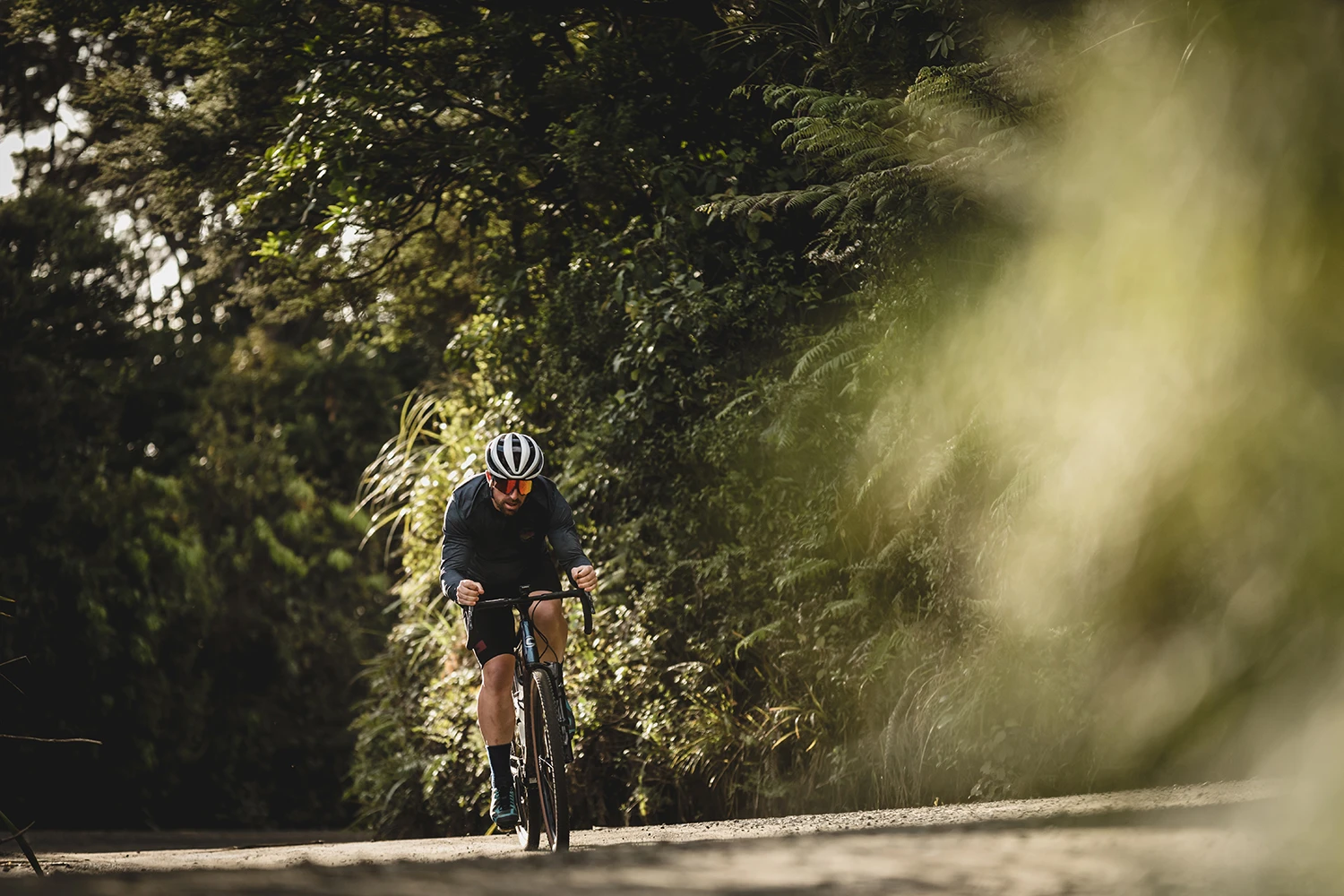
The Frame
The Topstone Carbon Lefty takes the alternative spirit of the legendary Cannondale Slate and pushes it to another level by adding the all-new, built for gravel Lefty Oliver fork. On the rear end Cannondale has taken its ground-breaking KingPin rear suspension system. In order to have a more playful feel with wider tyres (47c) 650b wheels are utilised. All of this is made to create a smoother ride that lets the rider get more rowdy than ever before. Suspension and overall frame ride-feel is custom tuned by size, using different carbon layup and different tube dimensions, so each size is dialled for the rider.
You can’t talk about the Topstone without looking at the new Lefty Oliver fork and the ‘KingPin’ suspension system. I’ll leave the fork (for now) until the next part – let’s focus on the rear suspension for now. Basically, it uses a flex built into the carbon. Since the seat post is rigidly connected to to the seatstays and top tube, the intersection ends up effectively behaving like a pivot: as the seatpost rotates backward around that point, the seat tube wants to rotate forward, the rest of the frame flexes to compensate. It inevitably draws comparisons to Trek’s IsoSpeed system, however, unlike Trek’s offering, Cannondale’s system allows a bit of chainstay movement as well as seat tube flex. In theory, it should improve traction as well as comfort. Cannondale state the system will give you 30mm of suspension for the total system, this includes the seat post. This uses the same rear end as the current Cannondale Topstone (the one without the Lefty).
As this rig is built for multiple purposes; Cannondale have opted to offer an Endurance Fit. Upright enough for comfort over the long haul and control when tackling technical off-road terrain, yet still low and forward enough for speedy efficiency. The geometry is not super-long in the wheelbase but not quite as short as a road bike either. For reference, the stays are super-short at 415mm. Cannondale do make up some length on the front end though and I noticed that my size medium test bike felt a about right for me. I’m around 5,10” with a seat height of 730mm.
The seat tube is a run-of-the-mill, round 27.2 diameter post and you can swap it out for a skinny little dropper post if that’s your thing – something that’s becoming more common place on gravel bikes. There are guides built inside the frame for the internal routing too; trust me, your mechanic will thank you for them.

The Suspension
Moving onto the suspension, well the front end-end suspension, the Lefty Oliver has only 30mm of travel, but when combined with the big tyres it’s remarkably effective. The travel isn’t jerky either and rolls across any terrain ultra-smoothly. Lefty Oliver’s new Chamber damper was also designed to minimize bobbing or diving for a super-efficient and smooth feel on or off road.
For maximum efficiency, it features an easy-to-use lockout with a blow off circuit, so it can still absorb impacts when locked, keeping riders in control. If you don’t want the shock activated (such as when you’re riding on the tarmac) you can easily turn the lockout on. But, as soon as you head onto gnarly terrain simply turn it back on to employ the travel. I’m not going to lie – the Lefty fork looks wacky; however, don’t knock it till you try it! And, for ease of use, Left Oliver features a new, tool-free, StopLock brake mount, designed for flat mount callipers, that makes removing the front wheel fast and easy.
The Parts
The mullet is now back in vogue, on heads and also on bikes. The mullet gearing is a blend of road (up-front) and mountain bike (out-back). So when you want to do something that’s a little bit more out there, such as adventures further afield with a suspension drop-bar bike, it makes sense to pair SRAM AXS drop bar levers with an SRAM Eagle AXS rear derailleur. This rig uses SRAM Force eTap AXS HRD, 12-speed shifters with a 1x Crankset, 40T that is paired with SRAM X01 10-50t Eagle cassette, with a SRAM X01 Eagle eTap AXS derailleur and Eagle chain links it all together. Halting duties go to SRAM Force eTap AXS, 160/160mm 6 bolt rotors.
The rims are HollowGram 23, Superlight Hi-Impact Carbon, that roll rather nicely with the WTB Venture 650 x 47c up-front and a WTB Byway 650 x 47c out-back. The two different tyres are something we will start to see more of in the gravel space. More grip up-front for better control and breaking a bit slicker out-back to ensure the powers being transferred; taking these lessons and learnings from the mountain bikes. The other components on the rig (bar, stem, seat post) is smattered HallowGram SAVE – alloy for the stem and carbon for the bar and seat post. A Fabric Scoop Shallow race saddle finishes it off.
The Ride
I can promise you that I have put this bike through its paces; from tarmac, gravel trails to gnarly tracks and almost everything in between. More often than not I’m testing my limitations rather than the bike’s as I search to put the bike (or myself) outside of its comfort zone. Lockdown meant I could pedal almost every day, keeping it local of course. This bike allowed me to explore some of the rougher terrain in my area. Having tested other (mainly rigid) rigs on the same terrain, I noticed this bike’s shine was its ability to absorb the feedback from the broken gravel chip beneath the tyres.
One testing moment was riding on a trail pointing the bike down a rather steep descent. My local area, the Waitākere Ranges is full of rugged and steep inclines. With the steepness of the trail, I hung off the back of the saddle and let the bike do its thing. To be frank, it would have been better suited to a dual-suspension MTB, though thankfully the Cannondale Topstone Lefty got me through unscathed. However, I could’ve done with a little more slack but, it’s probably a bit too much to ask of a drop bar bike. And, you’d certainly compromise on handling on the tarmac and gravel.
Transitioning back and forth to the tarmac, the suspension was super easy to lock out. It felt nimble on the road and fairly snappy on the climbs – it’s certainly no race bike but it’s no slouch either. The tyres run at a lower pressure, for me around 25psi in the rear and 20psi upfront helped the rolling resistance across all-terrain. To be honest, I prefer bigger volume tyres on the sealed road now too – the handling is agile and absorption of the road vibration is welcomed. Yes, there’s a little more rubber to push, but it makes you stronger, aye?! And, when you want to take a dirty detour down a gravel path, you have the freedom to do so.


The Cannondale Topstone Lefty enabled me to descend technical gravel roads at good speed whilst still being in the drops. And, when hitting the flats across heavily corrugated country roads the fork came into its own absorbing and ironing out the ruts. It’s interesting to observe that the KingPin rear suspension system isn’t really in-your-face unless you hit a square edged bump of sorts, where it takes off some of the edge to keep you moving. The transition from tarmac or gravel to singletrack offers endless adventures. And, from the riding I’ve done with the bike, one doesn’t compromise the other, this bike’s capable across most terrains.
I have to say the mullet gearing reigns supreme on the climbs and on any technical terrain, but when descending at pace on the road you simply run out of gears. However, that being said – I’d rather have more gears when tackling a hard and technical incline than smashing it across the flats. And, I’ll report back on this after more testing – so stay tuned! The frame was light and nimble, but the geometry felt more pointed towards the ‘gravel race’ market than the hauling things ‘bikepacking’ market.
I like the continued approach of Cannondale to set new trends. Cannondale Topstone Lefty, bucks the trend of what’s normal. This is not one bike nor the other; it’s all of them in one. It’s the ideal rig for our rugged landscape and our amazing cycle trails. And, now that social distancing is a thing, it could be the rig that lets you escape the crowds!


